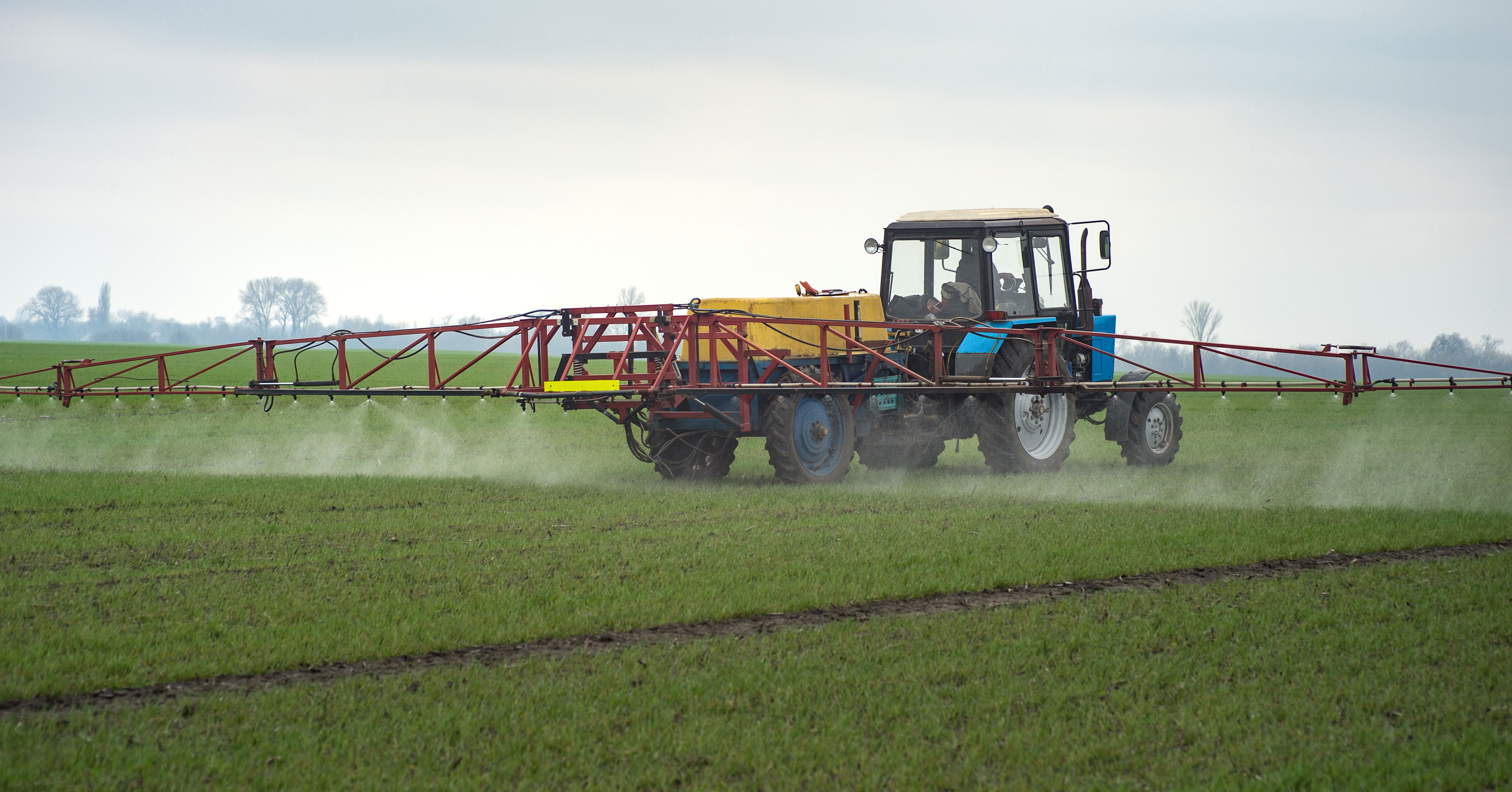A Quixotic Effort to Save Big Ag
By Jeff Kohmstedt
In Don Quixote, Cervantes writes, “fault lies not with the mob, who demands nonsense, but with those who do not know how to produce anything else.” The same can be said of Congress and the Farm Bill.
In a way, the Farm Bill is nonsense. It is a mishmash, bloated, unwieldy, 1,000+ page piece of legislation that comes around once every five years ranging in areas of nutrition, conservation, rural development, crop insurance, energy, and others. It is debated and passed every five years with bipartisan support. The Farm Bill results in the status quo as both sides of the political spectrum stake out turf and things largely remain the same. The agriculture industry gets handouts to keep demand for fertilizers and pesticides high and the two-crop farming system unchanged. And Title IV of the Farm Bill, which covers nutrition and the SNAP Program, attempts to keep low-income families fed, especially important in the last three years with the COVID-19 pandemic and the increased cost of food.

“Get Big or Get Out”
Every five years, the Farm Bill rears its ugly head, and the commodity groups (corn, soy, cotton, beef, pork, poultry, etc.) and chemical companies are there with sharpened knives to cut the biggest pieces of the pie. The Farm Bill came out of the Depression era New Deal to level the playing field for farmers and provide them with a base income when market prices sank below production costs. It also started paying farmers to keep crops off the market to stabilize food prices for everyone. In the early post-war era, America truly did feed the world while countries recovered from years of conflict, and the Farm Bill helped feed a hungry world.
In the 1970s, how we farm fundamentally changed. Earl Butz, President Richard Nixon’s secretary of agriculture, is quoted as saying that farmers should, “get big or get out” of the industry. The way the Farm Bill was implemented, it encouraged farmers to do away with smaller family farms in favor of larger, consolidated operations, concentrating more animals into smaller spaces and using every acre for production. Farm Aid of the 1980s was a reaction to this change in hopes of saving family farms that were getting squeezed out of the market by ever bigger farming operations. Farming in the 1990s fared no better with the 1996 Farm Bill and the Freedom to Farm Act dropping feed prices and NAFTA encouraging ever larger farming operations.
It’s an Oligopoly
Today, the oligopoly (a state of limited competition) of the agricultural industry has led to few options for farmers to work outside of the system. There are only four major meatpackers. Four grain processing firms. Four seed and chemical companies. And four fertilizers make up two thirds of sales. Big Ag controls all aspects of farming to the detriment of farmers and to our environment.
What Can We Expect from Farm Bill 2023?
As we write this article, Congress is drafting the Farm Bill and sides are digging in. Reports indicate the House might test President Biden on his climate goals and the SNAP food assistance program which makes up 80% of the bill’s funding. In 2014, the Republican led House of Representatives tried removing nutrition programs from that Farm Bill, delaying passage for more than a year. Will that happen again?
Prairie Rivers Network will continue to advocate in Illinois and the nation’s capital for a Farm Bill that addresses the climate crisis through dedicated funding from the Inflation Reduction Act and conservation programs to help address inequity, water quality, habitat, and biodiversity loss. Either directly or indirectly, the Farm Bill has promoted growing corn and soybeans for ethanol and the use of pesticide intensive agriculture that is wiping out trees and wildlife. We cannot accept the status quo and must ensure that our next farm bill works for everyone, not just industry and the rich and powerful.







